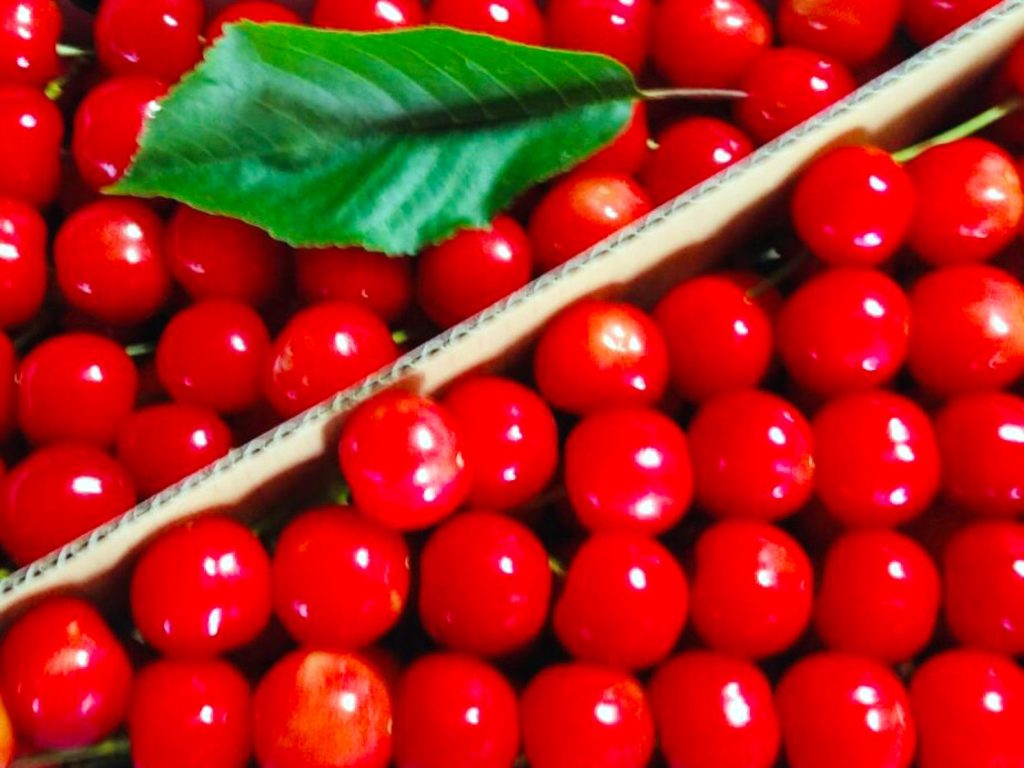
Sakurabo (Cherry cherries) have entered the peak harvesting season. If you make a reservation early, they will be shipped all at once during this season. Personally, I don’t particularly feel like eating them, but I sometimes make a reservation because I think my grandchildren will be delighted. Above all, they are red and cute to look at. And the name ‘sakuranbo’ itself is nice. When written in kanji, it becomes ‘桜ん坊’ (‘sakuranbō’), and the ‘bō’ or ‘bōu’ part is a cute descriptor, like in the word ‘akanbō’ (adorable child), which seems to be applied to the cuteness of cherries. At the beginning of the Edo period, when Yusuraume (Japanese plum) was brought to Japan from China, the character ‘桜桃’ (‘ōtō’) was assigned to it, but Yusuraume is a different plant from cherries. Then, at the beginning of the Showa era, a newspaper company in Tokyo began using ‘桜桃’ to represent ‘さくらんぼ’ (sakuranbo), and gradually it became established. Even now, producers refer to cherries as ‘桜桃’ (ōtō). Sakuranbo that seem to blow away the rainy season make you feel the arrival of summer.
さくらんぼが本格的収穫時期に入りました。早くから予約しておくと、この時期一斉に発送されます。自分としては、特に食べたいとは思いませんが、孫達が喜ぶだろうと予約することがあります。何よりも赤くて見た目に可愛い。そしてさくらんぼと言う名前がいい。漢字で書くと「桜ん坊」ですが、「ぼ」とか「ぼう」は「あかんぼう」などの様に可愛らしいものの形容であり、さくらんぼの愛らしさにあてはめられたものと思われます。江戸時代の初め、中国から日本にユスラウメが伝来したときに、この「桜桃」の字が当てられましたが、ユスラウメはさくらんぼとは別種の植物です。それを昭和の初め、東京の新聞社が「桜桃」を「さくらんぼ」と表し、だんだん定着していきました。今でも生産者はさくらんぼのことを桜桃と呼んでいます。梅雨空をすっ飛ばす様なさくらんぼは夏の到来を間近に感じさせますね。
